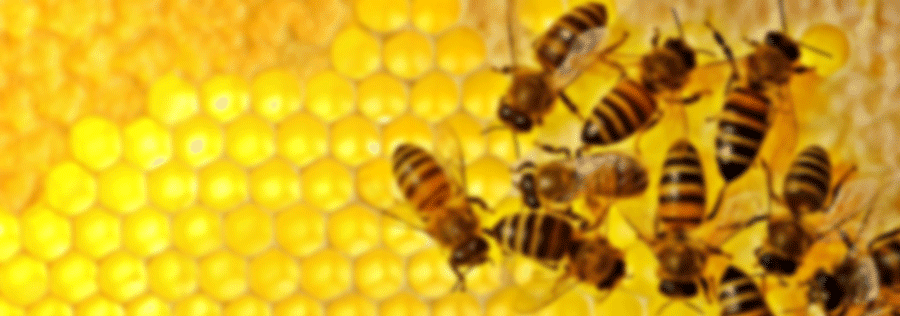Prime Time, Passing Along Immunity.
What if you could predict the disease environment of your offspring and then do something to increase their odds of surviving specific disease threats? This seems like a good deal, but the devil would be in the details. . . How accurately could future threats be predicted? How costly would it be if things changed? Finally, how on earth could a mom or dad predict the future, let alone send a warning to progeny they might never meet. Two recent studies suggest that queen bees can do just that, raising interesting research questions and suggesting novel ways that queen breeders might (might! these are early days) improve their product.
Honey bees and other insects receive little respect from medical and veterinary researchers studying immunity. It is accepted that insects possess an immune response but this response was for the most part seen as more of a hammer than a Swiss army knife, something capable of recognizing and reducing bacteria and fungi but not in an especially sophisticated way. Begrudgingly, most scientists now accept that insect immunity is complex and capable of targeting specific pathogen groups with a range of strategies. This acceptance resulted from many excellent studies showing how insect immunity both improves insect health and reduces the risk to humans of parasites that are vectored by insects. Still, the research ‘establishment’ drew the line on the ability of insects to prepare for a future threat. While it is clear that the insect immune system does not have the same adaptive immune mechanisms found in our own bodies, it has been shown multiple times that insects can use prior experience with pathogens and parasites to be better prepared for later attacks. More controversial is whether that preparation crosses generations from parents to their offspring.
Paul Schmid-Hempel and his scientific progeny in Switzerland have been generating insights into bumble bee immunity for decades. They are driven by natural curiosity and perhaps a desire to prove wrong those who underestimate the insect immune system. Alongside lasting work showing how bumble bees and their parasites punch and counter-punch each other, they were the first to show that a queen’s disease exposure early in life could impact how her worker bees survived their own disease threats. More recently, they have focused on the ‘how’ aspects of this discovery. Seth Barribeau, Schmid-Hempel, and Ben Sadd describe the immune outcomes of trans-generational immune priming in a recently published paper in the open-access journal PLoS One (http://journals.plos.org/plosone/article?id=10.1371/journal.pone.0159635).
Prior to egg laying, one set of bumble bee queens was injected with a salt solution containing two million cells of a common soil bacterium, one set was injected with the salt solution alone, and one set was not injected at all. Adult worker bee progeny of these queens were further divided into those that were themselves injected with bacteria and those that received only a shot of salt. A key result from this study is that worker bees produced by queens exposed to bacteria showed high levels of known immune genes (the precursors of antimicrobial peptides). In fact, those bees showed a typical response to bacterial challenge, even when they themselves were not exposed to bacteria. This study also explored changes in these worker offspring more broadly, identifying many more similarities between the progeny of challenged queens and bees that had themselves been exposed to bacteria.
Bee Culture readers will likely be more interested to know whether trans-generational priming works for honey bee queens and their offspring. One recent paper provides evidence that this might be the case. Javier Hernandez-Lopez and colleagues in Austria challenged queens with heat-killed cells of Paenibacillus larvae, the cause of American foulbrood disease. For a study described in the Proceedings of the Royal Society (public access at http://rspb.royalsocietypublishing.org/content/281/1785/20140454), they injected queens with two million heat-killed P. larvae cells. They then raised larvae from these queens in the lab, feeding them an infective dose of P. larvae. Offspring produced by exposed queens survived substantially better in the face of P. larvae than did offspring from control queens. Further, larvae from the challenged queens showed higher numbers of a class of blood cells linked to immunity. While it appears certain that mom is sending disease cues to her worker offspring, exactly how these cues are sent remains unclear.
So, can trans-generational immune priming be co-opted to improve honey bee health? It seems likely, although much work is needed in order to optimize this and make it an important tool. Should anyone try this approach they will have to be extremely patient, and I would not recommend using P. larvae unless you are absolutely sure you have killed all cells. Should these insights lead to improved bee immunity, this will be yet another applied breakthrough primed by work of a prior generation focused on uncovering fundamental facts of life.
Jay Evans is the Research Leader for the USDA Honey Bee Lab in Beltsville, MD.











